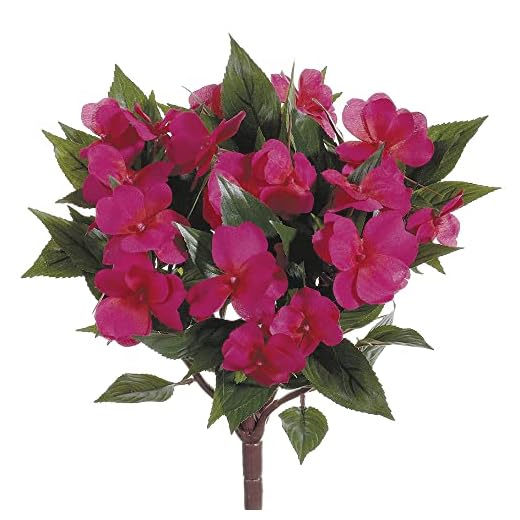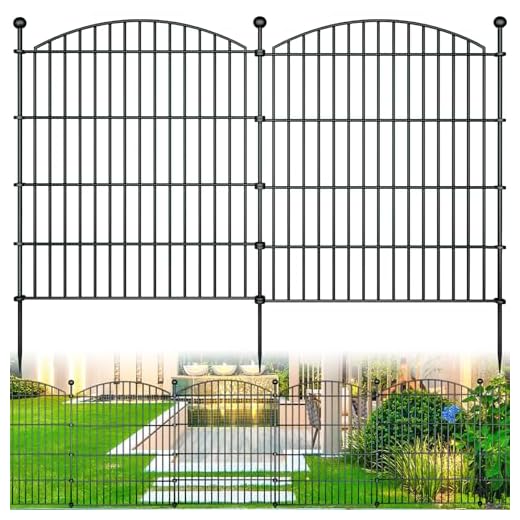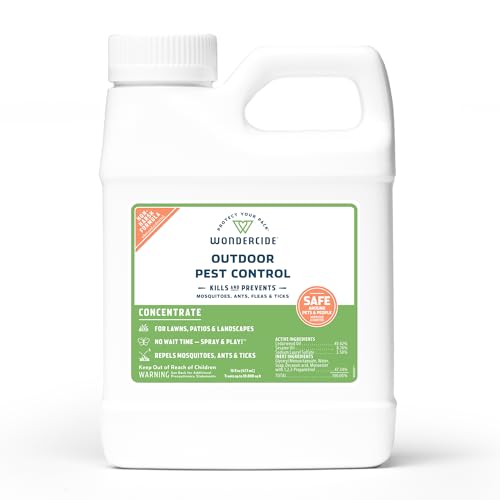



Directly addressing the concern, yes, the species in question is generally not harmful to our furry companions. While some plants can be dangerous, this particular variety is considered non-toxic to cats. As a responsible pet owner, it’s always wise to monitor your pets around any type of flora.
Despite the lack of toxicity, ingestion of any plant material can sometimes result in mild gastrointestinal upset. If you notice any unusual behavior or symptoms like vomiting or diarrhea after your kitty has nibbled on some leaves, it’s best to consult with a veterinarian for advice. Keeping a watchful eye is key to ensuring a safe environment for your playful pals.
Creating a pet-friendly garden involves more than just avoiding harmful plants. It’s essential to understand that while certain plants may be safe, they can still cause discomfort if consumed in large quantities. Always prioritize your pet’s health and happiness by providing a safe space free from potential hazards.
New Guinea Impatiens and Feline Safety
These flowering plants are generally safe for feline friends. While they are not classified as harmful, some cats may experience mild gastrointestinal upset if they nibble on the leaves or petals. Signs can include drooling, vomiting, or decreased appetite. It’s wise to monitor your furry companion and consult a vet if any unusual symptoms arise.
For optimal safety, it’s best to keep these blooms out of reach. Providing alternative safe toys or plants can help satisfy any curiosity your pet may have. Always prioritize a non-toxic environment for your playful explorer.
If you suspect your furry buddy has consumed a significant amount, don’t hesitate to seek veterinary advice. Quick action can ensure their well-being and peace of mind for you.
Identifying New Guinea Impatiens and Their Common Uses
These colorful blooms are easily recognizable by their wide range of vibrant colors, including pink, purple, red, and white. The leaves are broad and glossy, often with a rich green or variegated appearance. They grow as bushy plants, typically reaching heights of 12 to 24 inches.
Commonly used in flower beds and container gardens, they thrive in shaded areas, making them ideal for spots where sunlight is limited. Their ability to bloom continuously throughout the growing season adds to their appeal. For indoor settings, these flowers can brighten up spaces with their lively hues, providing an excellent decoration for homes and offices.
In addition to ornamental uses, these plants are favored for their resilience. They can tolerate various soil types, provided there is good drainage. Regular watering helps maintain their health, especially during warmer months. Many gardeners appreciate their low maintenance requirements, allowing for a beautiful display with minimal effort.
Symptoms of Poisoning in Felines After Ingestion
If you suspect that your feline friend has consumed any part of a certain colorful plant, watch for the following signs: nausea, vomiting, and excessive drooling. These can be immediate reactions and may indicate discomfort or distress.
Behavioral Changes
Changes in behavior such as lethargy, disorientation, or unusual vocalizations may also occur. If I seem more withdrawn or less playful than usual, it’s a signal that something might be wrong.
Physical Symptoms
Look for physical signs like tremors, difficulty breathing, or an elevated heart rate. If my pupils appear dilated or I’m having trouble walking, these are serious indicators that require immediate attention.
Always consult with a veterinarian if you observe any of these symptoms. Quick action can make a significant difference in recovery. Be proactive in keeping harmful plants out of reach to ensure a safe environment for all furry companions.
What to Do If Your Cat Eats New Guinea Impatiens
If I accidentally munch on these plants, it’s crucial to act fast. First, assess how much I have consumed. If it’s just a nibble, monitor for symptoms. If I show signs of distress, immediate action is needed.
Contact a veterinarian or animal poison control center right away. Provide them with details about the plant and my weight to help determine the best course of action. Keep calm; they will guide you through the next steps.
While waiting for professional advice, ensure I have access to fresh water. This can help dilute any potential toxins in my system. Do not induce vomiting unless instructed, as this might cause more harm than good.
Be ready to note any symptoms I might display, such as drooling, vomiting, or lethargy. Documenting these signs can assist the vet in making a timely diagnosis.
| Symptom | Possible Action |
|---|---|
| Drooling | Monitor closely; may need vet advice. |
| Vomiting | Contact vet for guidance. |
| Lethargy | Seek immediate veterinary attention. |
| Loss of appetite | Observe for other symptoms; call vet if persists. |
After receiving care, follow any post-treatment instructions from the veterinarian to ensure a smooth recovery. Keeping a close watch on my behavior will help catch any lingering issues early on.
Preventing Feline Access to Potentially Harmful Plants
I recommend placing all houseplants out of reach on high shelves or in hanging pots. This makes it difficult for us curious furballs to get to them. Consider using plant stands or wall-mounted shelves designed for greenery. Securely fasten any potted plants to prevent tipping and potential spills.
Utilizing barriers is another effective strategy. Baby gates or pet-proof fencing can help block off areas where these plants are located. If you have a garden, create designated zones with fencing to keep me from exploring harmful flora.
Consider using deterrent sprays specifically formulated to discourage us from approaching certain areas. These products are safe for both plants and pets, making them a smart choice for plant lovers with pets.
Regularly check your surroundings for any new additions to your plant collection. Always research a plant’s safety before bringing it home. If you have friends or family visiting, kindly inform them about your furry friend and the need to keep potentially harmful plants out of reach.
Lastly, providing a variety of safe alternatives can keep me entertained and less likely to investigate plants that aren’t safe. Cat grass or other non-toxic greenery can be great distractions. By implementing these strategies, you can create a safe environment for both plants and playful kitties like me!
Safe Alternatives to New Guinea Impatiens for Cat Owners
Choosing non-harmful plants is crucial for us feline friends and our human companions. Instead of the ones that pose risks, consider these safer options:
African Violets
African violets bring a pop of color without the worry. They thrive in moderate light and are easy to care for. Their leaves can be wiped clean, keeping them dust-free and vibrant.
Spider Plants
Spider plants are not only safe, but they also help purify the air. They can tolerate a variety of conditions and are known for their fun, arching leaves that add character to any space.
Another delightful choice is the Christmas cactus. This hardy plant blooms beautifully in winter and poses no threat to our health. It’s easy to care for and a lovely addition to any home.
Always check if a plant is safe before introducing it into your space. Keeping our environment safe and cheerful is what it’s all about!
Expert Opinions on Plant Safety for Feline Friends
Consulting with veterinarians is crucial for understanding the impact of certain flora on our furry companions. Many experts agree that while some plants are harmless, others pose risks that should not be overlooked.
Veterinary Insights
Several veterinarians have highlighted the importance of recognizing plants that may cause distress in pets. They recommend:
- Always researching any plant before bringing it into your home.
- Observing your pet’s behavior around unfamiliar greenery.
- Keeping a list of plants that are safe and unsafe for pets handy.
Recommendations from Toxicology Specialists
Toxicology specialists emphasize the need for immediate action if ingestion occurs. Their suggestions include:
- Contacting your veterinarian right away for guidance.
- Having veterinary emergency numbers accessible at all times.
- Educating yourself about common symptoms of ingestion to act quickly.
For those facing issues like inappropriate urination due to stress from toxic plants, exploring the best medication for inappropriate urination in cats can be beneficial.
Resources for Further Information on Pet Safety and Plants
For anyone seeking reliable information on pet safety regarding plants, I recommend checking out the following resources:
- ASPCA’s Toxic and Non-Toxic Plants List – A comprehensive source for identifying harmful and safe flora.
- PetMD on Plants and Pets – Articles outlining potential dangers and safe practices for pet owners.
- Humane Society’s Guide to Poisonous Plants – Offers insights into plants that may pose risks to pets, along with tips for creating a safe environment.
- Cattime – A dedicated site for cat lovers, featuring resources on keeping pets safe from harmful substances.
For specific inquiries related to gardening and battery safety, you can explore this link: are lawn mower batteries lithium.
Engaging with these resources can help ensure a safe living space for furry friends, allowing for a harmonious home. Remember to always verify plant safety before introducing any new greenery into your environment.






